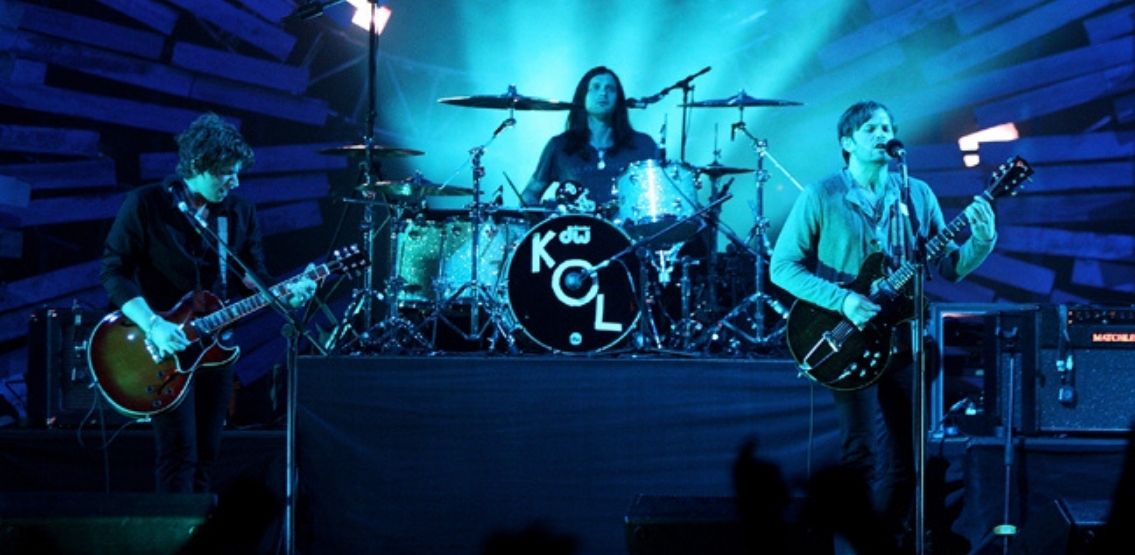Cycle4Value, a blockchain-based gamification project that rewards users for regular cycling, uses the Ardor blockchain to develop a transparent and low-threshold reward model to promote cycling. The project will reward cyclists for regular cycling via “Cycle Tokens” powered by Ardor’s ecosystem.
Bike Citizens, in collaboration with technical partners Seewald Solutions, Danube Unversity Krems, and yVerkehrsplanung, designed the Cycle4Value initiative to reduce road traffic, enhance health, and reduce carbon emissions while rewarding participants. “Cycle tokens” are utility tokens that can be exchanged for goods and services via smart contracts. All tokens earned by users will be stored in their digital wallets and redeemed through a marketplace within the Bike Citizens app.
Funded by the Federal Ministry for Climate Protection as part of the FTI program Mobility of the Future and managed by the Austrian Research Promotion Agency (FFG), the Cycle4Value campaign is currently being tested in the Austrian cities Graz and Krems. Ducks Coffee Shop in Graz and Cafe Virginier in Krems serve as participating outlets for users to redeem the tokens they earn.
Thomas Wernbacher, head of Cycle4Value project, adds, “I am excited about the combination of a sustainable blockchain architecture and a reward system for the incentivization of cycling as a future-oriented means of transport.”
Making Use Of The Many Features Of Ardor Blockchain
The Ardor blockchain, developed and maintained by Jelurida, provides the underlying infrastructure to help build a safe and transparent value generation process, both for the participants and the environment. Cycle4Value is deployed on the Ignis child chain of Ardor, allowing it to leverage the distributed infrastructure from the Ardor parent chain, which also takes care of the decentralized consensus algorithm.
The Ardor blockchain offers a unique parent-child multichain architecture. It provides Cycle4Value and other similar projects with the required flexibility to address real-world use cases while ensuring security, interoperability, transparency, and fully customizable blockchain infrastructure. Moreover, the Ardor blockchain also addresses the critical challenges of legacy blockchains, including network congestion, dependency on a single token standard, and high gas fees.
While several other gamified projects like HotCity and TreeCycle aiming to better society use Ardor as their preferred infrastructure, the Cycle4Value project is one of the few initiatives that is fully leveraging the unique architecture of Ardor’s interoperable parent-child chains. Cycle4Value has mapped and automated the end-to-end process of triggering, distributing, and redeeming cycle tokens with Ardor and its child chain Ignis. By deploying on top of Ardor’s secure infrastructure, the project ensures that all accounts, data, and transactions are defended against hacks and frauds.
Compared to legacy blockchains that rely on the resource-consuming proof-of-work (PoW) consensus protocol, Ardor utilizes 100% proof-of-stake (PoS) protocol, which is extremely energy-efficient. It doesn’t require expensive hardware or solving complex algorithms for mining, thus lowering energy usage and carbon footprint. Ardor’s ease of use, scalability, and sustainability, combined with its real-world applicability, make it a good choice for public and private systems, working on all desktops and mobile devices.
Leveraging Ardor’s functionalities, Cycle4Value has emerged as a shining example of how blockchain technology can be used to promote healthy habits while rewarding participants fairly and transparently.
Disclaimer: This article is provided for informational purposes only. It is not offered or intended to be used as legal, tax, investment, financial, or other advice.
Credit: Source link























